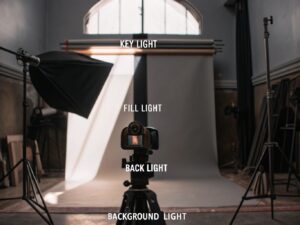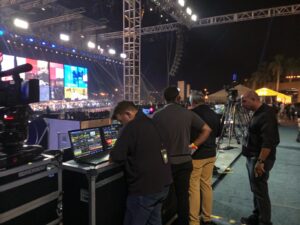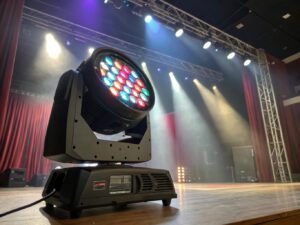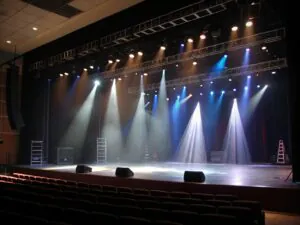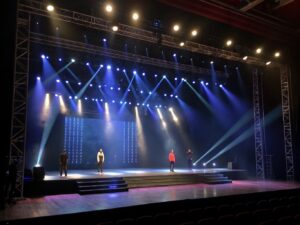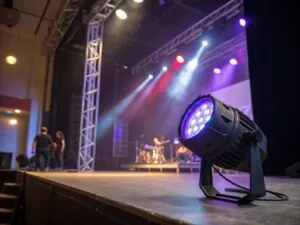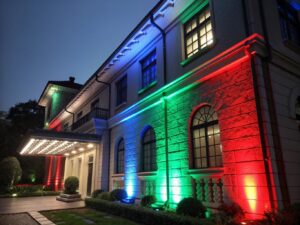
Struggling to visualize your lighting design1s before setup? The guesswork is costing you time and money. Imagine perfecting your show in a virtual world before ever touching a real light.
The best software for simulating stage lights includes Capture, WYSIWYG, and Lightconverse2. These programs let you create a 3D model3 of your stage, add light fixtures, and program entire sequences from your computer. This process, called pre-visualization4, is essential for modern lighting design.
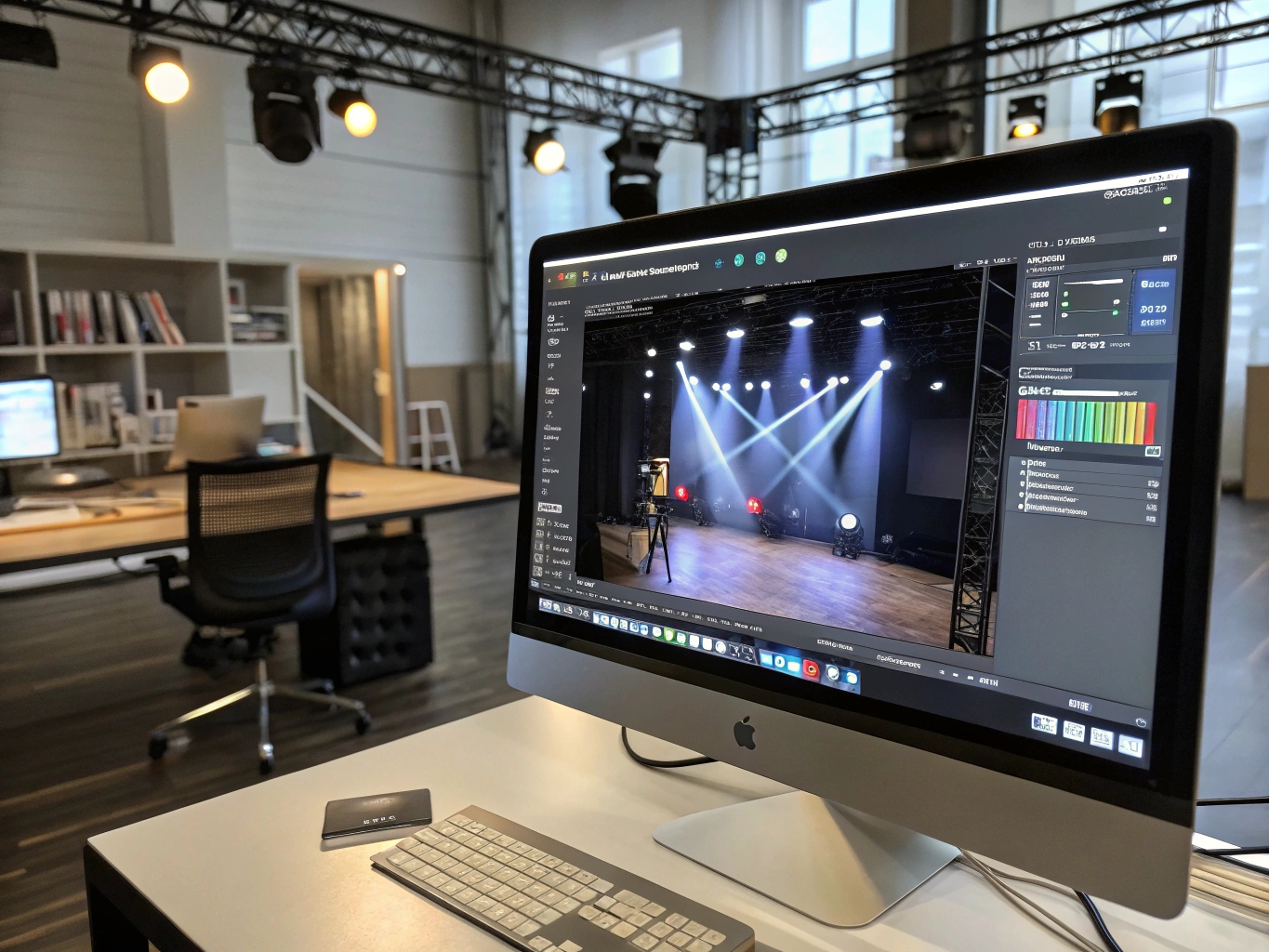
I've seen countless shows come together over my 19 years in this industry. The biggest change has been the move from paper to pixels. Using simulation software isn't just a fancy trick; it's a core part of a modern technician's toolkit. It helps prevent those on-site surprises that eat up the clock and the budget. These tools empower you to walk into a venue with a show that is already 90% complete. Let's explore the specific tools you can use for different parts of the job.
What software is used for stage design?
Feeling boxed in by flat, 2D drawings for your stage concepts? It's tough to get the whole team on board when they can't see your vision.
For complete stage design that includes lighting, sets, and video, the industry standards are WYSIWYG (What You See Is What You Get) and Capture. They handle not just lights, but the entire stage environment, ensuring all departments are working from the same visual plan.

When we talk about "stage design," we're going beyond just where the lights hang. We're building the entire world for the performance. In my experience, the most successful projects happen when the lighting, set, and video designers are all in sync. This is where comprehensive software becomes critical. Tools like Vectorworks Spotlight are often the starting point. It's a powerful CAD program where you can create precise architectural drawings of the venue and the set. Then, you can export that design into a visualizer like Capture or WYSIWYG to bring it to life. This workflow prevents big problems, like a lighting fixture being blocked by a set piece nobody accounted for. It helps a technician like you collaborate effectively, showing exactly how the light will interact with every single object on stage.
Stage Design Software Comparison
| Software | Primary Use | Learning Curve | Key Benefit |
|---|---|---|---|
| Vectorworks Spotlight | 2D/3D CAD & Plotting | High | The foundation for all technical drawings and paperwork. |
| WYSIWYG | All-in-one Visualization | High | Incredibly detailed reports and integration with video. |
| Capture | All-in-one Visualization | Medium | Fast rendering and very user-friendly interface. |
| SketchUp | Basic 3D Modeling | Low | Great for creating simple set pieces and stage layouts. |
Is Studio DMX free?
Searching for a powerful DMX visualizer but your budget is tight? The cost of professional software can feel like a huge barrier when you're just starting or working on smaller shows.
No, Studio DMX is a paid software product. However, many excellent free alternatives exist for both DMX control and 3D visualization. For example, DMXControl 3 offers a powerful free 3D visualizer that is perfect for learning the ropes and designing smaller shows.
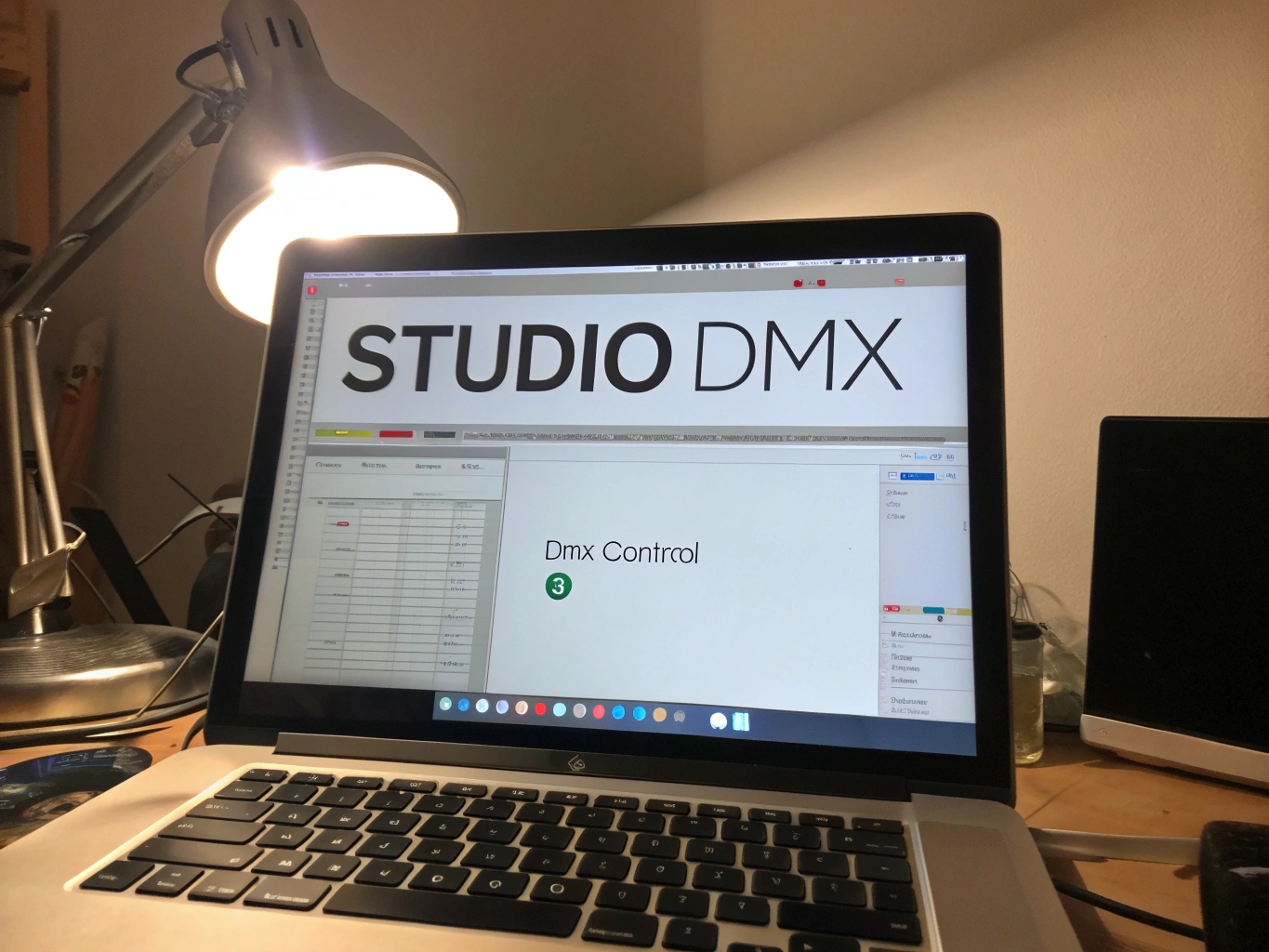
The appeal of free software is undeniable. When I was starting out, we didn't have these amazing tools, and every dollar counted. Today, the open-source and freeware community provides incredible value. While Studio DMX and other professional suites have more features and dedicated support, a free tool like DMXControl 3 is more than enough to get your feet wet. It allows you to patch fixtures, program scenes, and see the results in real-time in a 3D space. This is a fantastic way to practice your programming skills without needing any hardware. The key is to understand the trade-offs. Free software might have a smaller fixture library5 or less polished graphics, but the core principles of DMX programming are the same. Mastering a free tool builds a strong foundation for any platform you use in the future.
Paid vs. Free Visualizer
| Feature | Studio DMX (Paid) | DMXControl 3 (Free) |
|---|---|---|
| Price | One-time fee or subscription | Completely Free |
| Fixture Library | Large, professionally maintained | Community-driven, may require manual creation |
| Realism | High-quality beams and gobos | Basic, but functional for programming |
| Support | Professional customer support | Community forums and documentation |
What software to use for lighting design?
Need to focus only on creating amazing lighting without getting bogged down? Full stage design programs can be too complex when your main job is painting with light.
For dedicated lighting design and pre-visualization, Capture and Lightconverse are the top choices. They feature vast fixture libraries, realistic rendering of beams and gobos, and connect directly with lighting consoles to let you program your show virtually.
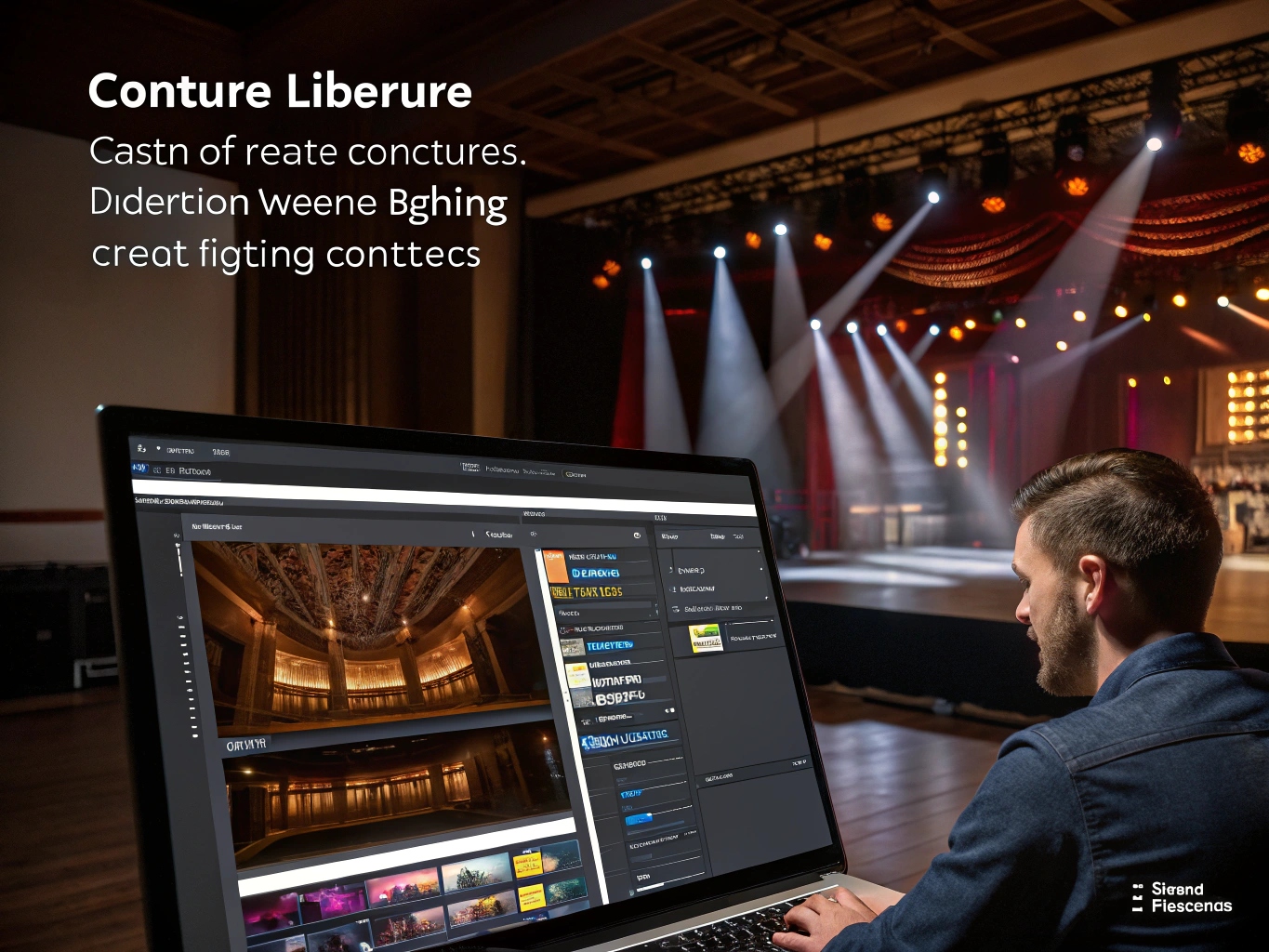
This is where the art happens. As a manufacturer, we at Monalight spend thousands of hours perfecting how a fixture behaves—its color mixing, its dimmer curve, the sharpness of its gobo. Lighting design software is what lets a technician like you harness that potential. The workflow is a game-changer. You can sit in your office with a laptop running MA onPC or Avo Titan Mobile and connect it virtually to Capture. Every cue you program on the console happens in real-time on your screen. You can build an entire two-hour concert this way. When you arrive at the venue, you load that show file into the real console, and your rig comes to life exactly as you programmed it. It has saved my clients and me countless hours of overnight programming sessions. We even provide the official fixture profiles6 for our Monalight products for these platforms to make the process seamless.
Top Lighting Design Software
| Software | Best For | Key Feature |
|---|---|---|
| Capture | All-around pre-visualization | Great balance of ease of use and powerful features. |
| Lightconverse | Live shows with video/laser | Unmatched real-time integration of light, video, and effects. |
| L8 | Budget-conscious professionals | A more affordable but very capable visualization tool. |
How to make a stage lighting plot?
Are your lighting ideas getting lost in translation on paper? A confusing plot can lead to chaos and costly mistakes during the critical setup phase of a show.
To make a professional stage lighting plot, you use CAD software7 like Vectorworks Spotlight. You begin with an accurate floor plan of the stage, then place symbols for each light, and clearly label them with essential data like channel, DMX address, and purpose.
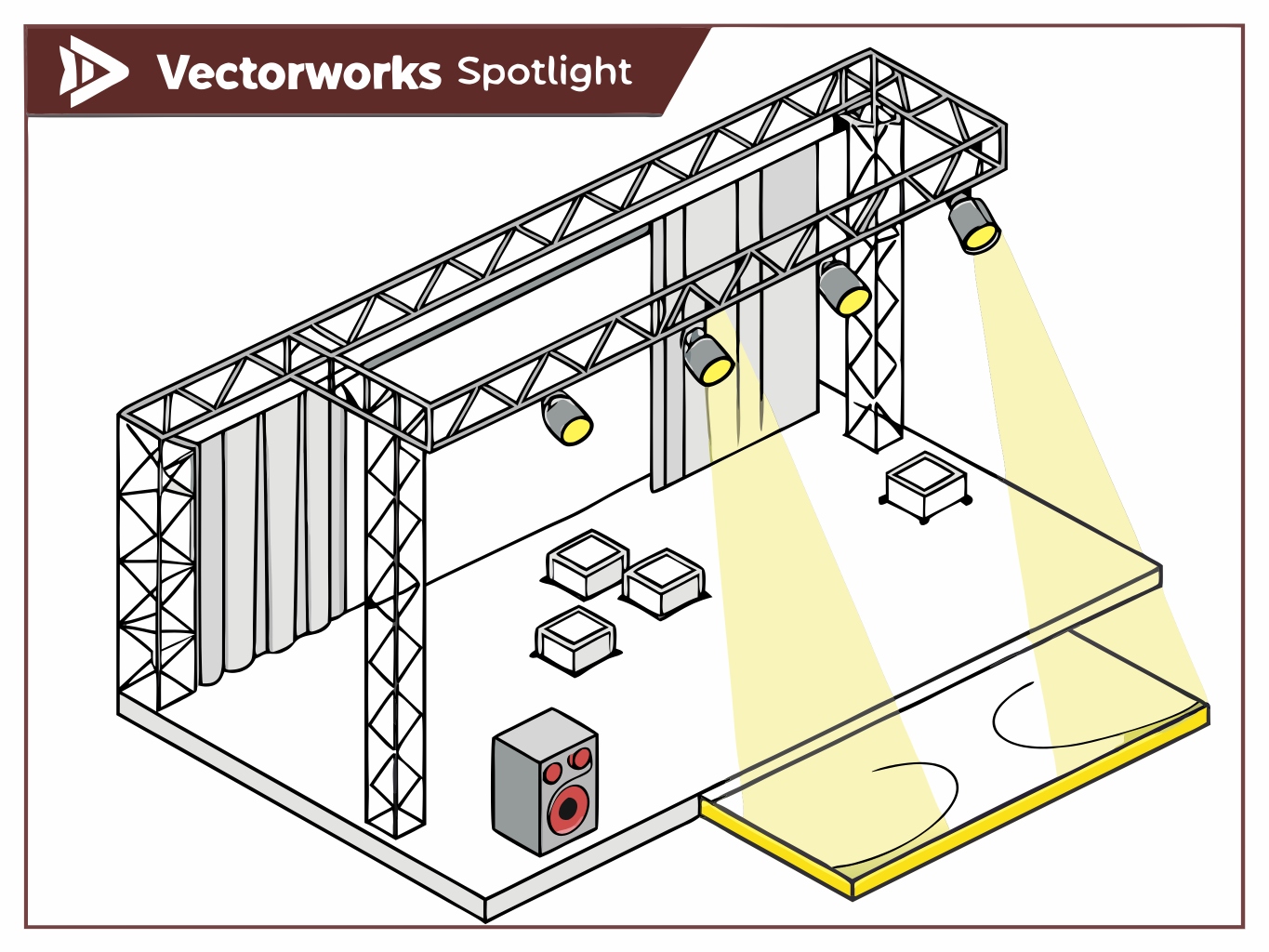
The lighting plot is the single source of truth for your rig. In my 19 years, I've seen that a good plot is the difference between a smooth load-in and a complete disaster. It’s the blueprint your crew uses to hang, cable, and patch hundreds of lights. A mistake on the plot can ripple through the entire setup.
Here is the basic process:
- Start with an Accurate Plan: Get the ground plan and section view of the venue. If you don't have one, you have to measure it yourself. Accuracy is everything.
- Place Your Hanging Positions: Add all the trusses, pipes, and booms where you will hang lights.
- Add Fixture Symbols: Use standardized symbols to represent each light fixture. Place them exactly where they need to hang on your positions.
- Label Everything: This is the most important step. Each light needs a label with its unit number, fixture type, channel, DMX address, power connection, and its purpose (e.g., "Front Wash" or "John Downstage Special").
The amazing thing is that modern visualizers like Capture and WYSIWYG can automate this. Once you finish your 3D design, the software can generate the plot and all the associated paperwork, like instrument schedules and channel hookups, with a few clicks. This saves an incredible amount of work and reduces human error.
Conclusion
Choosing the right software for visualization and plotting streamlines your entire workflow. It saves you time, prevents costly errors, and frees you up to focus on creating an incredible show.
-
Explore the top software options for dedicated lighting design and their unique features. ↩
-
Learn how Lightconverse integrates light, video, and effects for a seamless live show experience. ↩
-
Learn the process of creating a 3D model for stage lighting to visualize your designs effectively. ↩
-
Understand the importance of pre-visualization in modern lighting design and how it can save time and money. ↩
-
Discover the significance of a fixture library in lighting design software for accurate programming. ↩
-
Understand the role of fixture profiles in ensuring accurate lighting design and programming. ↩
-
Find out which CAD software is ideal for creating accurate stage lighting designs and plots. ↩
You may also be interested in:
